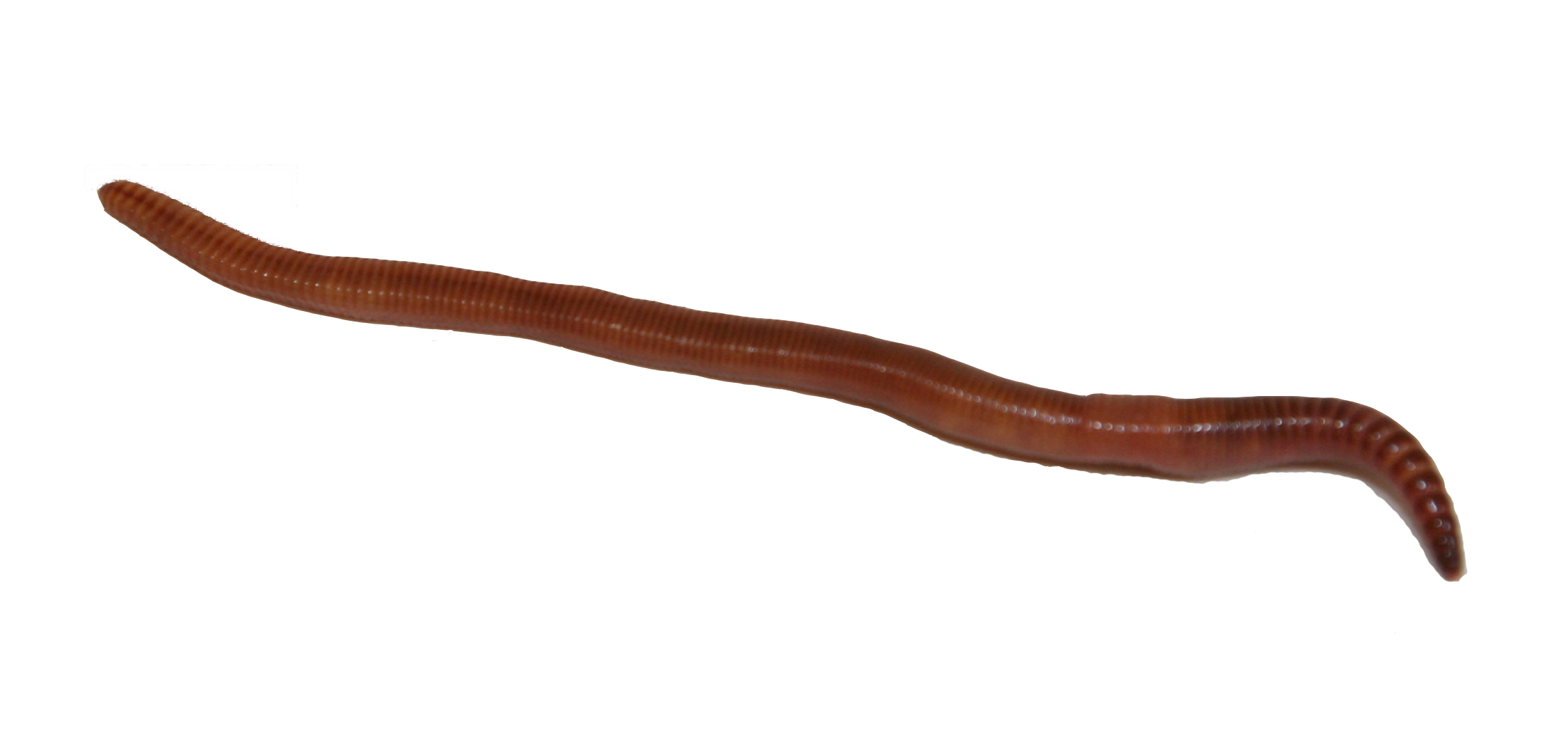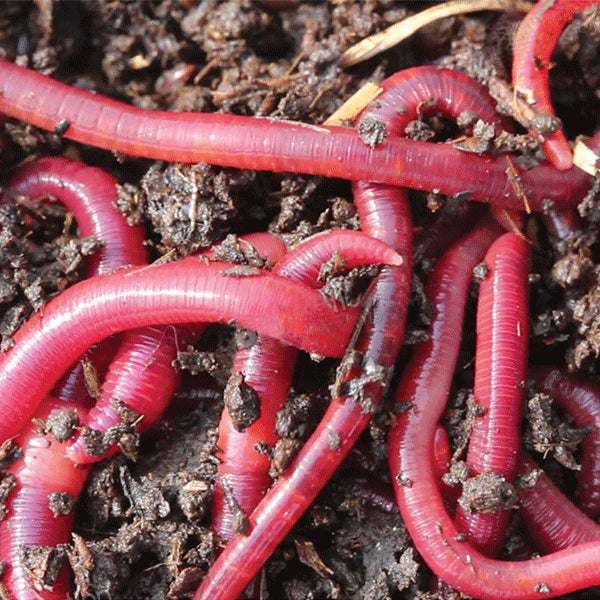Red wigglers: Caring for them effectively
Whatever You Need to Find Out About Red Wigglers for Composting
Red wigglers, or Eisenia fetida, play an essential function in the world of composting, changing natural waste right into beneficial dirt amendments. Their unique biological characteristics enable them to flourish in different conditions, making them a suitable selection for both beginner and knowledgeable composters alike. Comprehending their needs and advantages is critical for developing an effective vermicomposting system. The process of establishing up a worm container and preserving it can present difficulties. To efficiently harness the potential of these worms, one must explore the ins and outs of their treatment and monitoring.
What Are Red Wigglers?

(red wiggler farming)
Belonging To North America, red wigglers are surface-dwelling microorganisms that like wet, warm habitats rich in decomposing natural issue. Their diet regimen is composed largely of rotting plant product, food scraps, and various other natural debris, which they take in and break down successfully. As they digest this material, they create nutrient-rich castings that boost soil fertility.
Red wigglers are hermaphroditic, having both male and female reproductive organs, and can reproduce promptly under optimal conditions. This capability makes them an ideal choice for composting systems, as their populace can raise swiftly. Their strength and adaptability to different environments better strengthen their value in lasting waste administration techniques. Generally, red wigglers are essential factors to the procedure of reusing organic waste into useful compost.
Advantages of Using Red Wigglers
Using red wigglers in composting systems offers various advantages that enhance both the effectiveness of waste administration and the high quality of the resulting garden compost. These worms, scientifically called Eisenia fetida, are particularly effective at damaging down raw material, turning kitchen area scraps and lawn waste right into nutrient-rich compost at an increased price.
Among the key advantages of using red wigglers is their ability to consume big amounts of organic product, commonly refining their weight in food waste daily. This high consumption price leads to quicker disintegration and decreases the volume of waste sent out to garbage dumps. In addition, the castings generated by red wigglers are rich in important nutrients, valuable bacteria, and enzymes, making them a superb plant food for gardens and plants.
In addition, red wigglers flourish in a selection of environments, making them versatile for both indoor and exterior composting systems - red wigglers. Their presence in a compost container assists to freshen the material, preventing odors and advertising a healthy and balanced composting process. On the whole, using red wigglers not only contributes to efficient waste administration but additionally sustains sustainable gardening techniques through the manufacturing of top notch garden compost
(red worms)
Establishing Your Worm Bin
To efficiently establish a worm container, it is important to pick a proper container that meets the needs of red wigglers while giving a conducive environment for composting. A suitable bin can be made from plastic, timber, or steel, with an ability of a minimum of 1 square foot for every pound of worms.
Make sure the container has adequate water drainage openings to stop excess wetness, as red wigglers thrive in a moist, but not waterlogged, environment. red wigglers. The bin must also be ventilated to give adequate air flow, stopping anaerobic problems that might hurt the worms
A perfect location for the worm container is a great, dark area, complimentary from direct sunlight and extreme temperature levels, as red wigglers choose a temperature level series of 55 to 77 degrees Fahrenheit.
Prior to introducing the worms, prepare bedding products such as shredded newspaper, cardboard, or coconut coir, which will provide both environment and food. Moisten the bed linens lightly to develop a welcoming atmosphere for the worms. Last but not least, take into consideration putting a lid on the bin to preserve moisture and decrease bugs, while guaranteeing it can be quickly eliminated for maintenance.
Feeding and Care Guidelines
Feeding red wigglers is a critical facet of keeping a healthy composting system. These worms flourish on a varied diet plan, largely composed of organic products such as vegetables and fruit scraps, coffee grounds, and crushed eggshells. It is important to avoid feeding them meat, milk, and oily foods, as these can develop undesirable odors and bring in pests.
When introducing food to your worm container, chop or shred products into smaller pieces to facilitate quicker disintegration. Beginning with tiny quantities to evaluate the worms' consumption rate, gradually boosting the quantity as they adapt. It is suggested to alternating feeding areas within the bin to urge extensive blending and oygenation of the garden compost.

Troubleshooting Common Issues
Maintaining a thriving worm composting system can sometimes present obstacles that require interest and troubleshooting. Common problems consist of an unpleasant odor, which often suggests overfeeding or the presence of anaerobic conditions. To treat this, lower the quantity of food added and guarantee proper oygenation by mixing the bed linens material.
One more frequent issue is the getaway of worms from the bin. This can take place because of excessive dampness or improper environmental problems. On a regular basis check the moisture levels, intending for a damp yet not soggy uniformity, and preserve optimal temperature levels between 60-80 ° F(15-27 ° C )to create a comfy habitat for your red wigglers.
Bugs, such as fruit flies, can likewise attack worm bins. red wigglers. To battle this, cover food scraps helpful resources with a layer of bed linen or shredded paper to deter flies from laying eggs. Additionally, make sure that any type of food added is fresh and without mold and mildew, which can attract unwanted pests
Lastly, if your worms seem non-active, inspect for stress and anxiety elements such as temperature level fluctuations or poor moisture. Attending to these common issues will assist keep a healthy and efficient worm composting system.
Verdict
In summary, red wigglers, or Eisenia fetida, play a crucial role in sustainable waste monitoring through vermicomposting. Their capability to successfully transform organic waste into nutrient-dense spreadings enhances dirt wellness and promotes plant growth. Appropriate configuration and maintenance of a worm container, along with adherence to feeding standards, ensure a successful community that lessens landfill contributions. Resolving usual concerns promptly even more sustains the efficiency of this eco-friendly technique, contributing to environmental sustainability and agricultural productivity.